10 Facts Everyone Must Know About The Terrifying Locust Plague
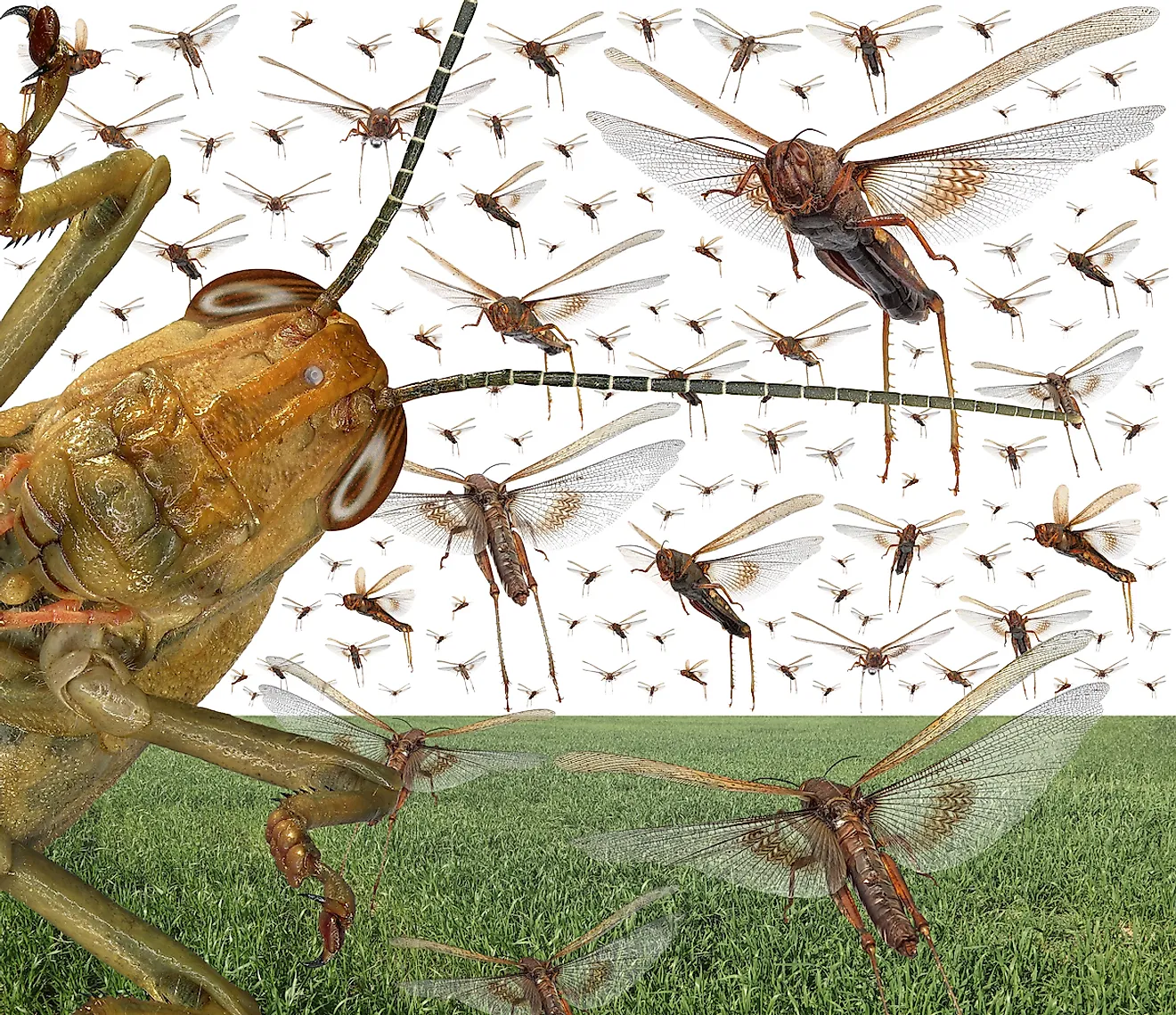
- Locust swarms the size of Manhattan are in Kenya.
- Locust swarms require the right conditions to form.
- Locusts can fly across the Red Sea in one, non-stop trip.
It all sounds like an event straight out of the Old Testament in the Christian bible: swarms of locusts have infiltrated the Horn of Africa and elsewhere, and are now threatening food supplies and spreading devastation in what has become the worst infestation to hit some places in about 70 seventy years. It is a veritable horror show.
In some ways, this is actually a story from ancient times. Locusts are a pest that have plagued farmers for more than a millenia, or basically as long as humanity can remember. The last major locust plague is said to have hit North Africa and the Middle East between 1986 to 1989, and if the right control measures are not taken this time around, this scourge could also last as long. What can humans do about it? We can educate ourselves and take action.
From being able to create swarms the size of Manhattan to virtually being shape-shifters, here are ten things to know about this most recent locust plague and the insect causing it.
10. Locusts Can Decimate Livelihoods
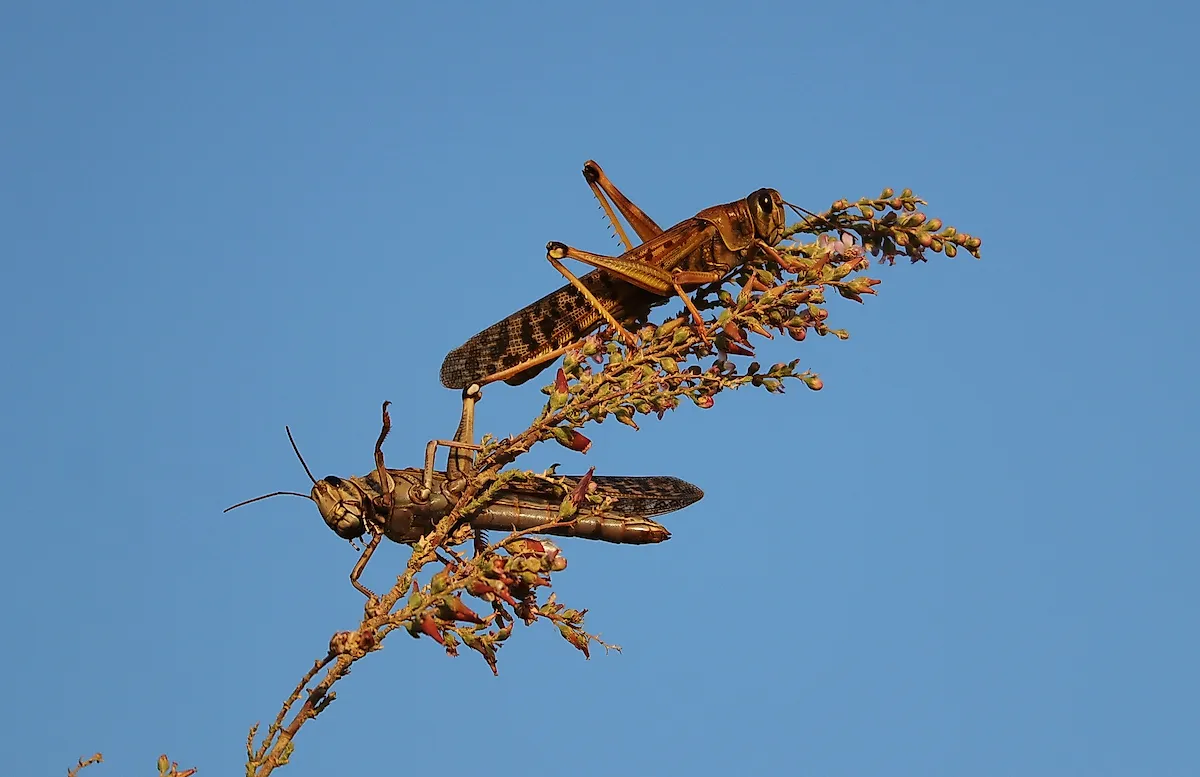
Locusts can swarm in huge clouds of thousands of insects. When they do, these pests can devour crops like nothing you have ever seen. It can be difficult to imagine why nature invented them as it did, but there must have been a time in history when there was simply too much vegetation around, and having mas amounts of hungry locusts around was the answer to the problem.
According to Keith Cressman, the U.N. Food and Agriculture Organization's senior locust forecasting officer, (yes, that’s a job), enormous swarms of locusts can eat the same amount of food in one day as everyone in New York and California combined. Scientists in India claim that even a modest locust swarm can eat as much food as 35,000 people and travel an impressive 200 km in one day. Because of these realities, locusts in large numbers are able to eat farmers’ crops quickly, leaving little for helpless humans to harvest, live on, and sell.
9. They Can Live Alone or In Groups
You do not hear of attacking locust swarms each year and there is a reason for this. Weather conditions must be favourable in order for locusts to take over. Many things happen when the weather is right. Locusts can live on their own, and when they do, they behave like a solitary grasshopper. When the weather becomes dry however, locusts tend to congregate in groups, wherever there is enough vegetation left for them to eat. If this happens, many changes take place for both locusts, and humans alike.
8. They Change Their Body and Their Behaviour When Conditions Are Right
According to National Geographic, when locusts make the move to live in groups, their bodies react by releasing higher levels of serotonin. This makes the insect more sociable, and open to eating a wider variety of foods. Following this, the rains come as eventually they always do. When the wet season returns, the locusts relish the new abundance of plants they have around them. With more to eat, the groups of locusts then begin to reproduce more rapidly. Their communities become more crowded.
With increased numbers, the insects switch to a completely new lifestyle. This is called the “gregarious phase”. When locusts hit this phase some impressive changes take place. The desert locust changes colour from green to yellow and black, or to just yellow. Their brain also grows larger and the insects develop a larger capacity for endurance. This allows the locusts to migrate long distances, and to target crops and vegetation en masse, creating the perfect storm for insect plagues.
7. Kenya Has Absolutely Enormous Swarms
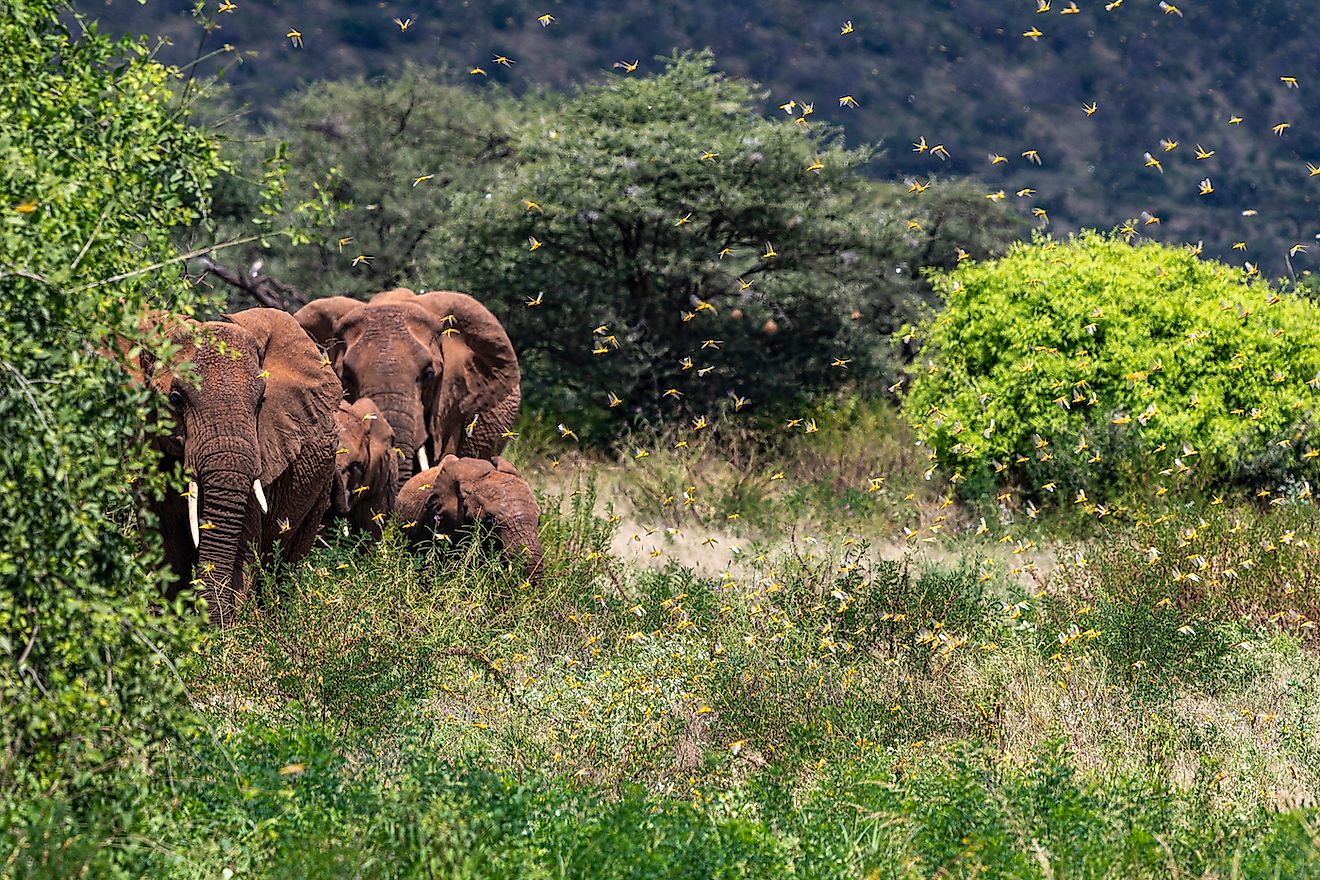
At the moment, reports indicate that clouds of desert locusts in northeast Kenya are more than three times the size of New York City. There are an estimated 192 billion insects in these massive swarms.
6. Conflict is Preventing Getting Rid of Them
According to experts in the field, the only fast and effective way to get rid of the current locust plagues is to spray the land and crops with pesticides. Reports indicate that some countries being attacked are presently doing this. In places such as Somalia and Yemen, however, the efforts to do this have been squelched by the conflict present in the areas. It is not safe for planes to fly and spray, and this is creating a toxic situation that could cause famine.
5. The Locusts Go Beyond Africa
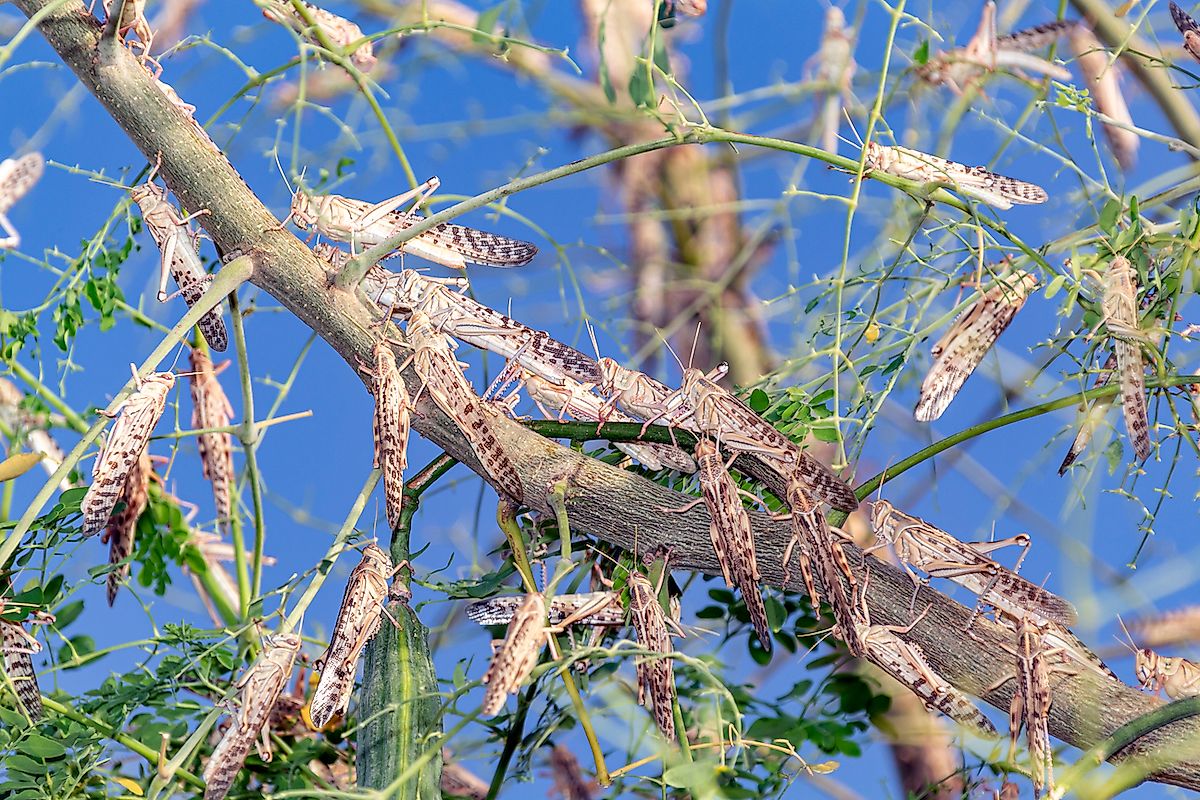
The horn of Africa seems to be where the swarms first hit. Reports indicate the locusts flew across the Gulf of Aden to Somalia and Ethiopia in 2019. The bugs are now spreading elsewhere. Uganda, Tanzania, South Sudan, Yemen, and Kenya have all been battling the locusts recently, as have countries in the Persian Gulf. These include Kuwait, Iran, Bahrain, and Qatar. India and Pakistan are also dealing with the plague.
4. Cyclones Are to Blame
According to scientists, climate change caused warm waters to develop in the western Indian oceans in 2018. This resulted in a lot of rain falling in the form of multiple cyclones over the East African regions and the Arabian Peninsula. This created the perfect conditions for locusts in the area to ramp up their numbers and reproduce more than usual in a breeding frenzy.
3. The Problem Will Be Around for Weeks, if Not Months to Come
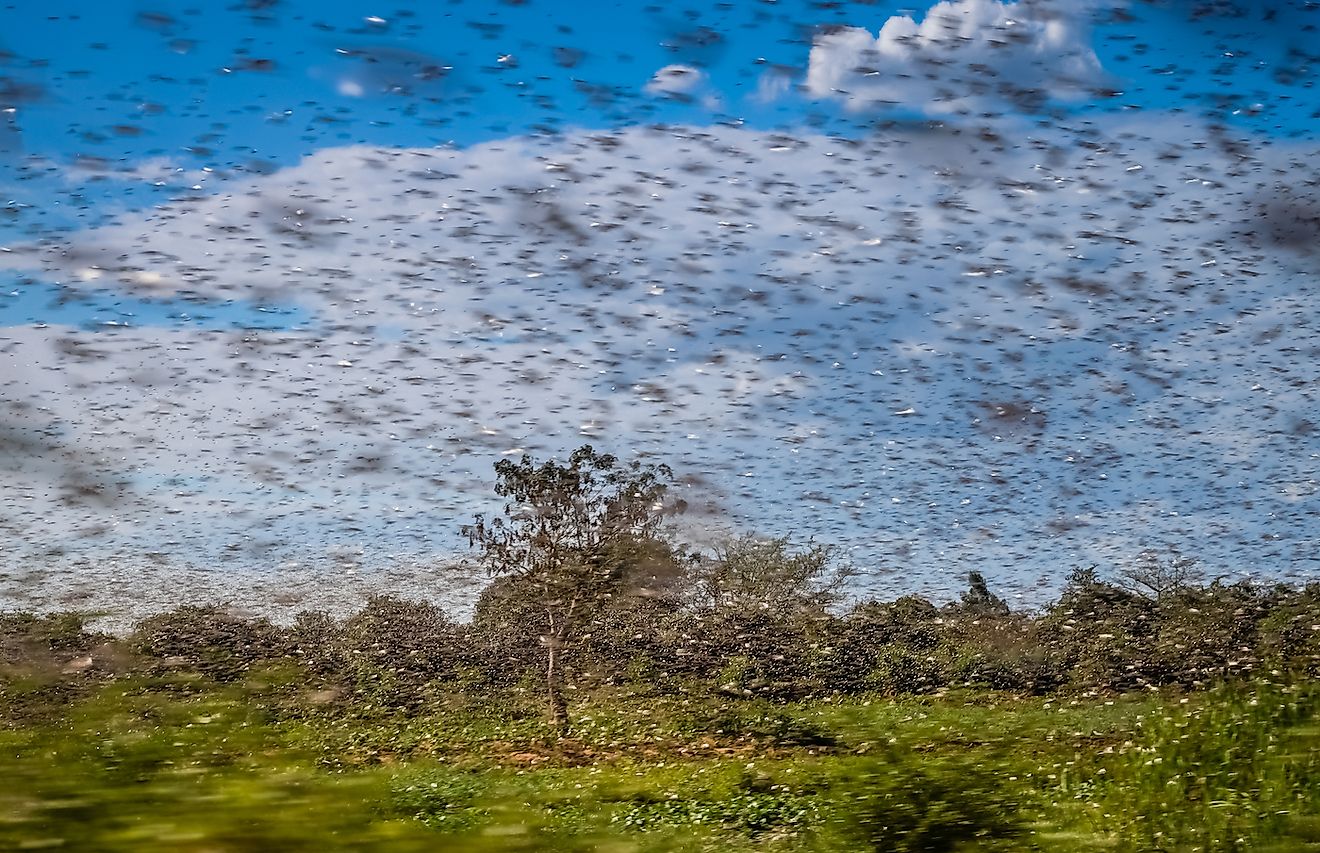
Locusts live for a few months at a time, but they can also breed rapidly. It can take a locust about two to four months to mature into an adult, but this can also happen in as little as three weeks. The UN says it fears the present locust invasion could grow to invade 30 different countries.
2. The Population Can Quickly Multiply By the Hundreds
Cressman says that in favourable conditions such as those that appear to be around right now, locusts can reproduce so rapidly they grow exponentially in numbers. If this happens, Cressman fears the population could multiply to be 400 times its original size by this summer.
1. They Can Fly Long Distances
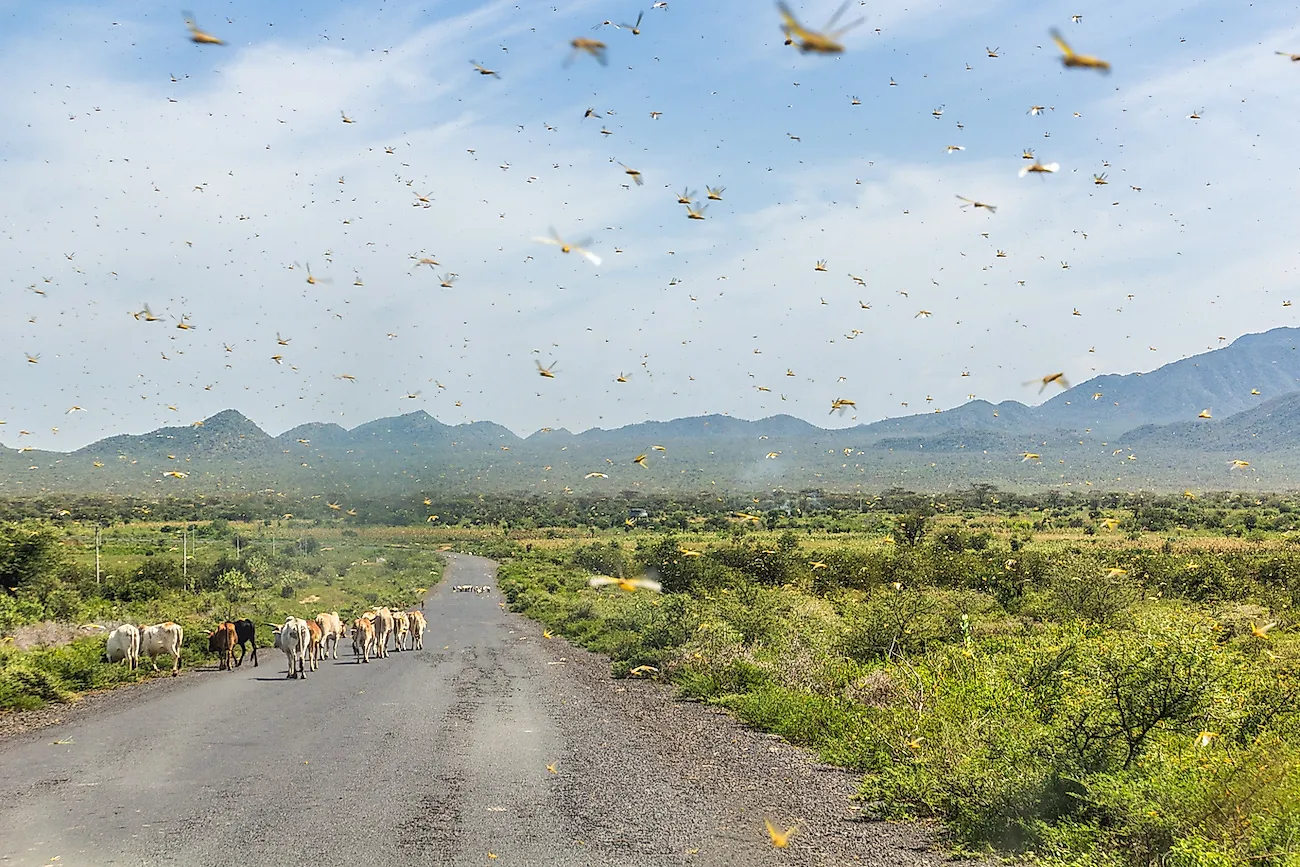
Locusts are so amazing it comes as no surprise there one was developed into a Marvel superheroine. Among other remarkable feats, these tiny beasts can travel over 81 miles in one day, and have been known to fly across the Red Sea in one trip. A swarm of locusts actually flew from northwest Africa all the way to Great Britain in 1954, and also from West Africa to the Caribbean in 1988, in just ten days.











